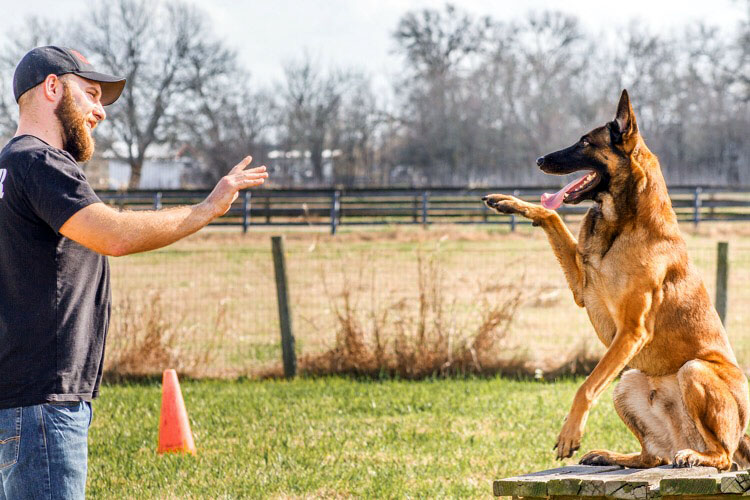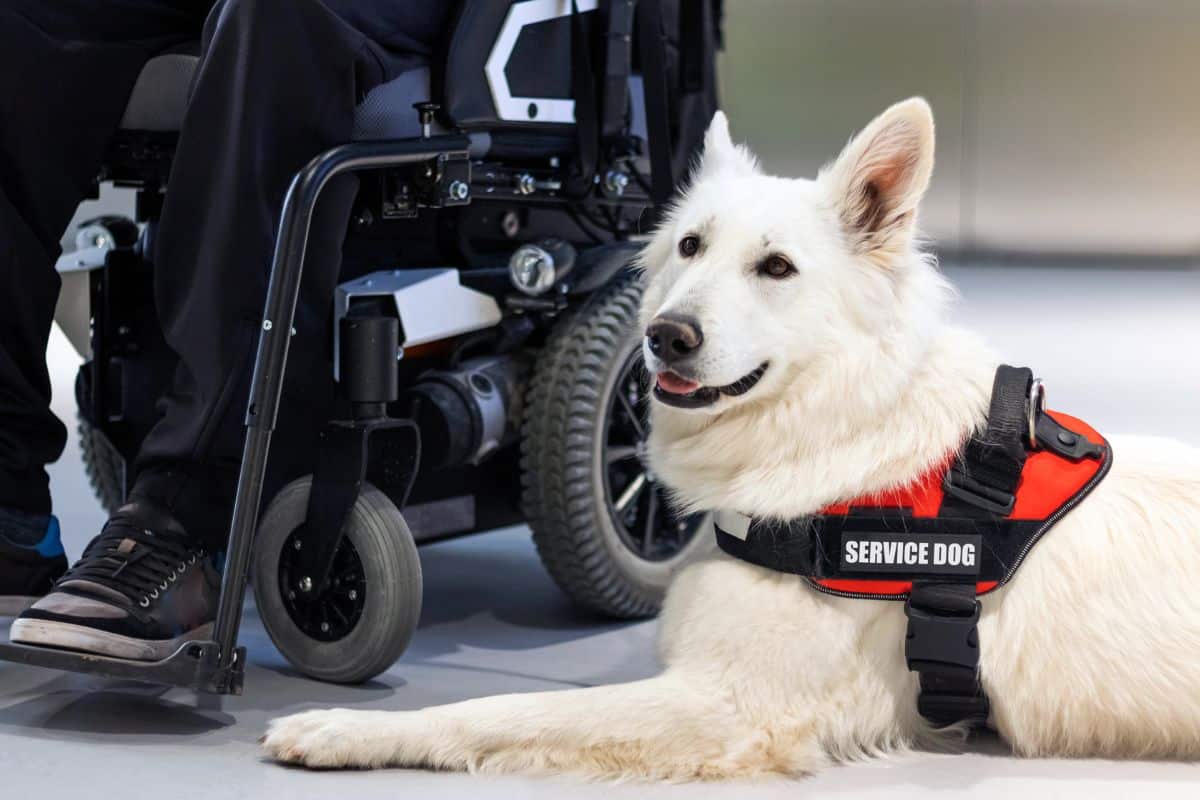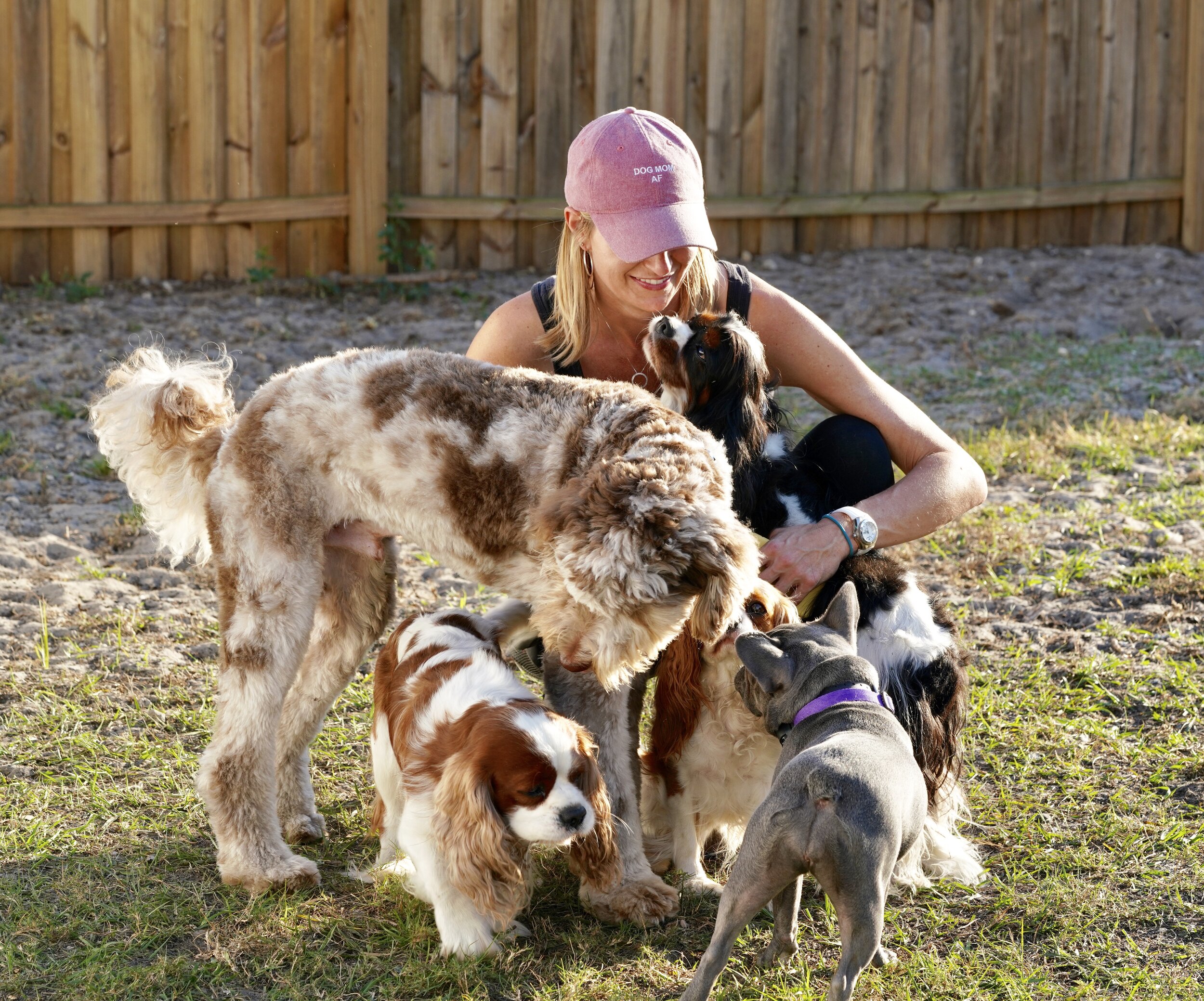Leading Dog Educating Techniques Every Proprietor Should Know

Favorable Support Strategies
Using positive reinforcement techniques is crucial for effective canine training, as it cultivates a trusting bond in between the fitness instructor and the pet dog. This approach concentrates on rewarding preferable behaviors as opposed to punishing undesirable ones, creating an atmosphere for learning. Incentives can consist of deals with, praise, or playtime, which motivate pet dogs to duplicate the actions that gain them these benefits.

Additionally, this method enhances the dog's interest for training sessions. When canines connect training with positive experiences, they are much more involved and responsive. Beyond prompt habits adjustment, positive reinforcement urges a joint partnership in between the canine and fitness instructor, minimizing anxiousness and anxiety
To make the most of efficiency, it is important to deliver rewards immediately, guaranteeing the canine links the behavior with the support. Fundamentally, favorable reinforcement methods not just produce better-trained canines however also advertise a harmonious partnership between dog and owner.
Remote Control Training Technique
The remote control training method is a highly reliable method that builds on the principles of favorable reinforcement by adding a distinctive sound to mark preferred actions. This technique makes use of a little handheld device that produces a clicking sound, permitting fitness instructors to interact with their canines in a clear and prompt way. When a canine does a habits that the owner wishes to urge, the clicker is triggered, adhered to by a benefit, generally in the form of treats or appreciation.
The secret to effective clicker training exists in consistency and timing. It is vital to click at the exact moment the preferred habits takes place, making sure that the pet links the audio with the action and the subsequent benefit. This technique not just enhances interaction however also fosters a more powerful bond in between the pet and the proprietor, as it encourages interaction and communication throughout training sessions.
Remote control training can be put on a variety of behaviors and commands, from fundamental obedience to a lot more complex techniques. Its flexibility and effectiveness make it a popular strategy amongst professional fitness instructors and family pet owners alike, leading the way for a trained and responsive canine friend.
Leash Training Basics
Effective leash training is crucial for making certain a safe and delightful walking experience for both canines and their great post to read owners. Dog training. Leash training ought to begin very early and be approached with perseverance and uniformity. Beginning by selecting an ideal leash and collar or harness. A flat collar might benefit some pet dogs, while others might take advantage of a harness that decreases pulling.
Introduce your dog to the leash gradually, enabling them to discover it in a comfy atmosphere. Once they are accustomed, technique loose-leash strolling. This involves gratifying your canine for walking next to you instead of pulling ahead. Use treats and praise to enhance preferred actions, and be certain to continue to you can find out more be calm and assertive.
If your dog starts to draw, quit walking promptly. Wait till they go back to your side before returning to. This teaches them that drawing does not bring about proceed. Furthermore, practice different walking environments to help your canine adapt to diversions.
Routine technique will certainly solidify your dog's understanding of leash decorum. Bear in mind that leash training is an ongoing process; patience and uniformity will certainly produce the very best results, fostering a positive experience for both you and your canine buddy.
Socializing Strategies
Socialization is an important facet of pet training that ought to preferably start throughout puppyhood but can be advantageous at any type of age. Reliable socialization assists pet dogs establish self-confidence and decreases the likelihood of behavior issues. To apply successful socialization methods, subject your pet dog to a range of atmospheres, individuals, and other animals.
Start with controlled setups, such as puppy courses or arranged playgroups, where young dogs can connect safely. Gradually present your canine to new experiences, consisting of different noises, surfaces, and activities. Make certain these encounters are gratifying and favorable to establish a sense of protection.
For grown-up pets or those doing not have direct exposure, start with low-stress scenarios. Short, positive communications with calm canines and friendly people can develop favorable associations. Make use of treats and appreciation to strengthen preferable behaviors throughout these experiences.

Uniformity and Perseverance
Identifying the importance of uniformity and patience in pet dog training is essential for achieving lasting outcomes. Inconsistent training can lead to complication, making it hard for the dog to grasp commands or actions, ultimately impeding development.
In addition, patience is an essential element of efficient training. Dogs, like people, find out at their own speed. Some might understand principles rapidly, while others may take much longer. It is vital for owners to remain tranquil and encouraging, strengthening positive behavior without turning to aggravation or penalty. This fosters a relying on relationship in between the pet dog and proprietor, urging an extra passionate and eager learner.
To cultivate consistency and patience, develop a routine training routine, utilize the very same commands, and ensure that all member of the family apply the very same training principles - Dog training. By doing so, you produce a stable environment for discovering, enabling your dog to establish and grow into a mannerly companion
Final Thought
Finally, effective dog training strategies, such as favorable reinforcement, clicker training, and correct chain training, are essential for promoting a healthy and balanced owner-dog partnership. Additionally, implementing socializing methods and maintaining consistency and patience throughout the training procedure adds significantly to a dog's general well-being. By integrating these techniques, canine owners can facilitate the development of well-adjusted, obedient pet dogs, ultimately enhancing the high quality of life for both the owner and the pet dog.
Amongst the most famous techniques are favorable support, clicker training, and chain training, each offering special benefits that contribute to a well-behaved pet. As we discover these basic methods, it comes to be obvious that grasping their subtleties can substantially influence the training experience and the dog's general behavior.Using positive reinforcement strategies is vital for effective pet dog training, as it cultivates a trusting bond in between the pet dog and the trainer.In verdict, efficient pet dog training methods, such as favorable reinforcement, clicker training, and proper chain training, are essential for fostering a healthy owner-dog partnership. By integrating these methods, canine proprietors can assist in the development of well-adjusted, loyal animals, eventually improving the high quality of life for both the pet and the owner.
Comments on “How Dog Training Can Improve Your Pet's Quality of Life and Behavior”